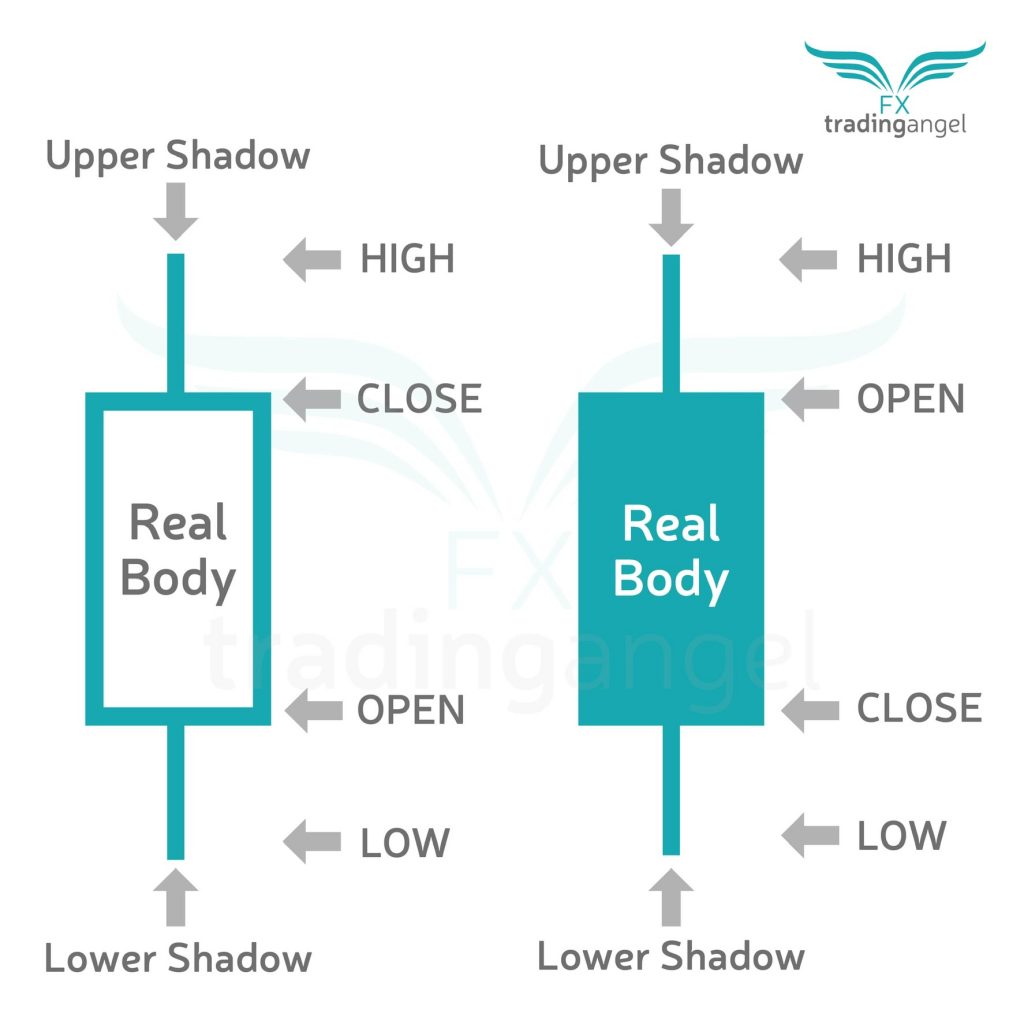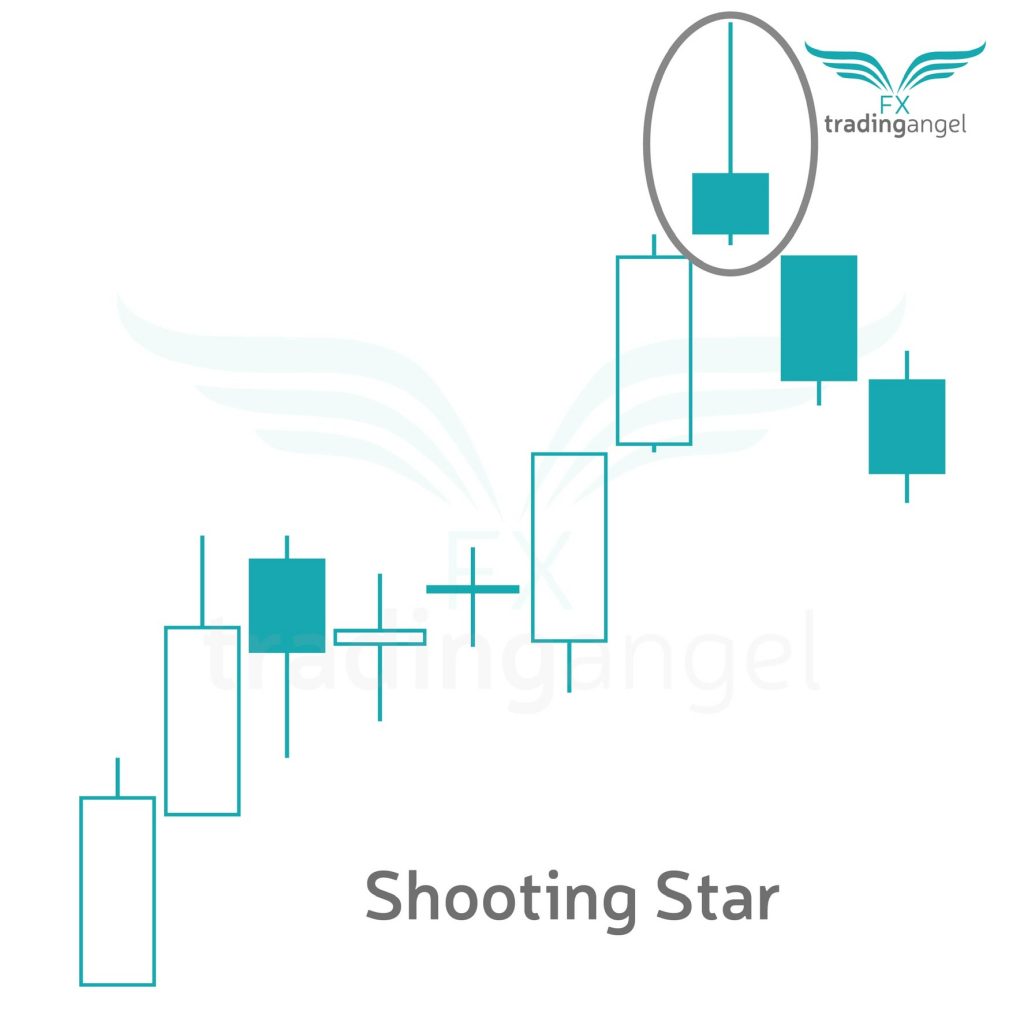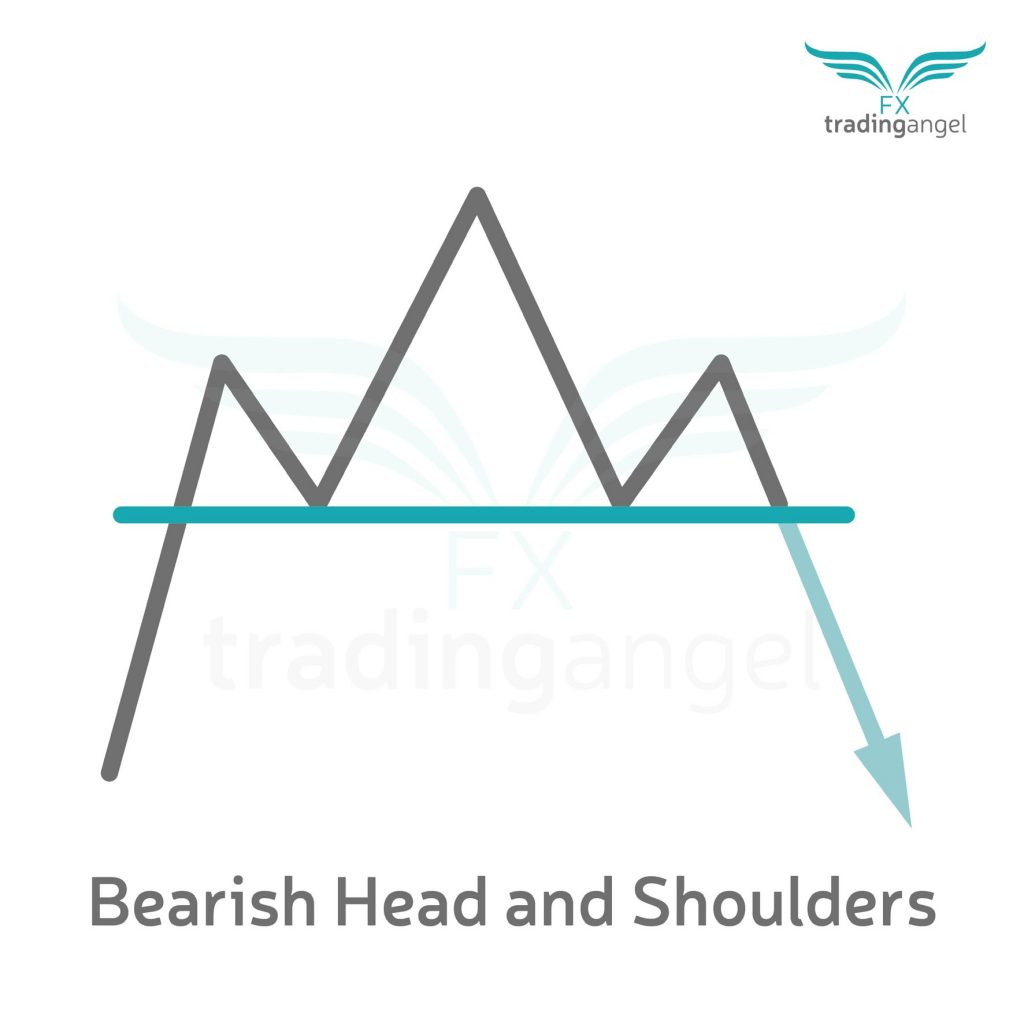By Your Trading mentor,
Trading Angel
WISE WORDS BY A TRADING MENTOR
One of the most helpful pieces of advice I was given by a trading mentor was to establish a directional bias before you start your trading day. So in this blog post I’m going to be talking you through what a directional bias is, why it’s useful and how to establish one as well as some useful tools to help you decide on your directional bias and what time of day or week you should be looking for it.
A directional bias in forex trading means you have already pre-decided what direction you believe the market might move in before you place any trades. This means you can react appropriately and follow your trading plan if the market gives you the signs that you were correct. The alternative to this is having no plan because you have no idea where the market is going and can lead to impulsive and chaotic trading. For example if you decide your directional bias is for a buy position then you want to be following your trading plan and strategy in line with looking for a buy position and if you were to start noticing the market giving signs that it is moving down, rather than changing your plan and opt for a sell potion instead you would sit out the trade and observe instead.
THE POWER OF THREE
One helpful rule which I learned from the trading mentor who calls himself the mentor to your mentor, ICT or Inner Circle Trader, is to use the Power Of Three to help establish your directional bias when trading. The power of three is the journey which a candlestick or a market goes on in a 24 hour period. There are three stages which often starts with a false move in the opposite direction which allows a liquidity sweep to take place and orders to be triggered at those prices. This is then followed by the main move of the day (which is the one you want to be in as this is the one with the greatest momentum) as the day draws to a close there is often a small move back in the original direction (the opposite to the main move of the day). Obviously there are variations to this. Sometimes the main move has so much momentum that it closes with no wick however you’ll notice that most candles have a long body and a bit of wick on both sides. The wick on both sides shows the move in the opposite direction which took place either side of the main move of the day.
Now, why understanding the power of three is so crucial to establishing a directional bias is because you can use this to help give you a roadmap for your trade, in a way. Imagine if you were taking a long journey to a place you have never been before, if you looked at a map before you got in the car you would have a much better chance of correcting yourself quickly and getting back on the right track if you got lost as well as a much better chance overall of not getting lost in the first place. Understanding the power of three is like having a map of the trade which you expect to take place and if you don’t get the signals you were expecting you’ll be alert to sit out of the markets and wait and see what happens next.
One of the easiest and simplest ways to establish a direction bias is to check the market you plan on trading the day before as the markets close. I like to do this on higher time frames such as the 1D or the 1W chart to give myself a big picture view of where the market is at. Often looking on the time frame can make it very clear if you are in a long time down trend or a long term uptrend. A useful indicator which you can use is a moving average such as a 50 EMA which is a favourite of mine. If the candles on the 1W chart are above the 50 EMA then you are likely in a long term uptrend whereas if they are predominantly below the 50 EMA you are likely in a long-term downtrend. If the EMA is moving sideways and the candles are closing frequently above and below you are in a range and therefore it becomes a lot more tricky to establish a directional bias. Lets say the EMA is pointing upwards and the candles are predominantly above it we say we are in an uptrend. This means our directional bias is likely to be for a buy position. The next thing you want to do is to drop to the smaller time from of the 1D chart and see if this is in alignment. It’s possible that there could be a long term uptrend on the 1W chart but when you drop to the 1D you might be experiencing a small pullback in the market in which case you’ll want to hold fire before getting involved in a trade. A utopic situation is that the two are in alignment. Combining this with the power of three it would mean you’d expect a small move down when the markets open and then at a certain time of day (often it’s around the same time depending on what markets you trade and when the sessions are opening and closing) you’d expect a big move in the direction of your directional bias, which in this case is up. When you get the signs that the market is likely to move up you can place your buy position knowing that you are very well prepared for this trade.
USING MOMENTUM TO ESTABLISH YOUR BIAS
Another tool you can use to establish a directional bias is a momentum indictor as this can give you an idea as to what direction the long term momentum is in. Even when you are scalp trading on a very small time frame it is still important to have an idea of where you expect the main momentum of the day to be. There are many indicators you can use to gauge momentum. A popular one is the MACD or Moving Average Convergence Divergence, which has a nice colourful visual histogram. The dark green on the histogram signifies bullish momentum and the dark red signifies bearish momentum. Light green indicates a slow down in momentum to the upside and light red indicates a slow down in momentum to the downside. This is pretty useful when trying to establish if a trend is perhaps drawing to an end in which case you may not want to get involved in the trade, or use another set of rules for your direction bias. The size of the histogram on the MACD can be useful as well to give an idea of how strong the momentum is, the bigger the histogram the stronger then momentum.
Another momentum tool which I like to use is Heikin Ashi, These look very similar to normal candlesticks but uses a slightly different formular which smooths out the appearance of the trend. There are three main candlestick types when using Heikin Ashi, bullish momentum, bearish momentum and indecision. Bullish momentum Heikin Ashi candles are green and have a flat base with wick at only the top, whereas bearish momentum Heikin Ashi candles are red and have a flat top with wick at only the base. If on the weekly chart you see a green Heikin Ashi candle with a flat base and wick at only the top you could conclude you have bullish momentum and therefore your directional bias is likely to be for a buy position if this also matches on the 1D chart as well.
WHEN TO LOOK FOR YOU DIRECTIONAL BIAS
I like to use quiet times to establish my directional bias. In a way, this is almost the first step which I am doing towards planning my trade. Sunday is a great time to look at all the weekly charts and see how the charts are trending. As the financial markets are not open on the weekends this allows you to analysis the charts without feeling any pressure to get involved with a trade. This means you can be all analytical with minimal emotion. Similarly, at the end of the trading day when the markets are very quiet you can look at the daily chart to see how the candles close and decide what your directional bias is for the following day. Another great thing to do on the weekend and at the end of each trading day is to check the economical calendar so you know what’s coming up. This can also be really helpful for navigating your trading. What you’ll often notice is that if there is a big news release due out, the markets might be quite sticky and move in ranges as they await the news and then as the news is released you might find that the markets start to break out of their ranges and establish their new directional bias. If you notice that there is big news approaching and the markets are not moving in nice trends then just wait until after it is released. Also, make sure you are not in any open trades when the news is released as big economical data or news can often cause sudden and unexpected moves which might catch you out and hit your stop loss if you are already in an open trade. Examples of big news releases which you’ll want to be aware of is NFP or Non Farm Payroll, CPI or Consumer Price Index and Interest Rate Decisions. The financial markets tend to be much more reactive to any news from the Fed or America then any country so always be mindful of this. America tend to release new embargoes at 13:30 UK time so this is a key time in the day to be aware of if you are trading any market which is heavily affected by the US dollar. Often, if you have a trade which is moving nicely in the London session then it can end up moving suddenly In the opposite direction at this time. One hour later the New York Stoc Exchange then opens which again can cause big moves in the markets.
Remember as well when looking out for new releases, that the global financial markets have a very holistic relationship with each other and often a big move in one market can have a ripple effect on the others. For example, the indices all tend to mimic each other so if one has a sudden drop the others often tend to follow suit. So if you look for news releases which you think will only affect one specific market, just remember that if it is big news and if it has a big impact then it might send ripples through the rest of the market.
NEED A TRADING MENTOR?
If you’d like any help in your trading journey and creating a comprehensive trading plan and strategy then Trading Angel has a trading course which teaches a step by step guide to placing a trade which is designed to save you as much time as possible in your journey learning to trade. The trading mentorship programme is very popular and spaces are limited but if you would like to apply to be added to the waitlist to have yourself a 1-2-1 trading mentor then you can use the contact form on the website www.trading.angel.co.uk or email info@tradingangel.co.uk. Having a trading mentor is one of the best tracking hacks as it will save you a lot of time and money in trial and error. I self-taught at the start of my trading journey and with reflection I should have probably invested in a trading mentor sooner. However as this can often be an unaffordable option for many I will be here updating blog posts each week and uploading new YouTube videos each week to help save you as much time as possible on your trading journey
Happy Trading
Love From, Your Trading Mentor x







